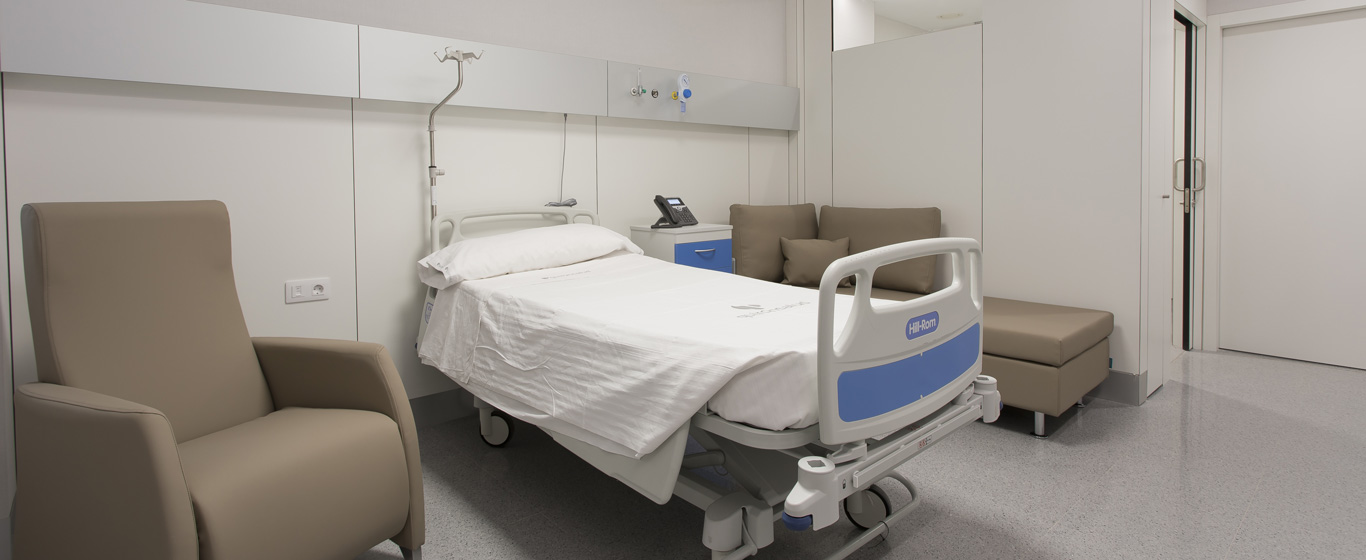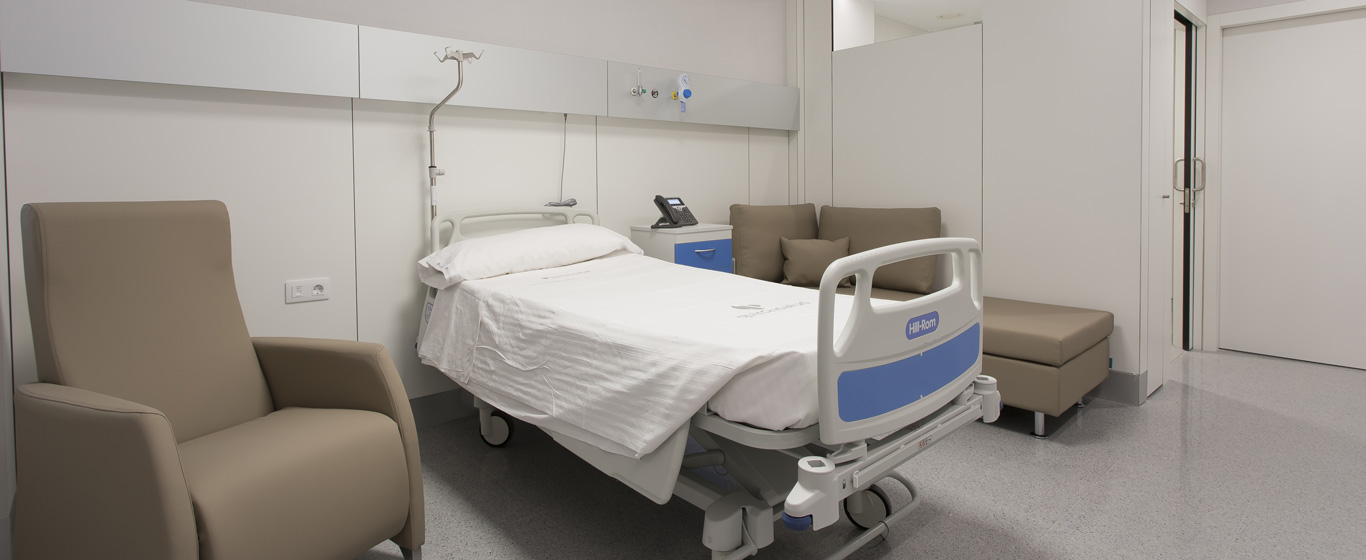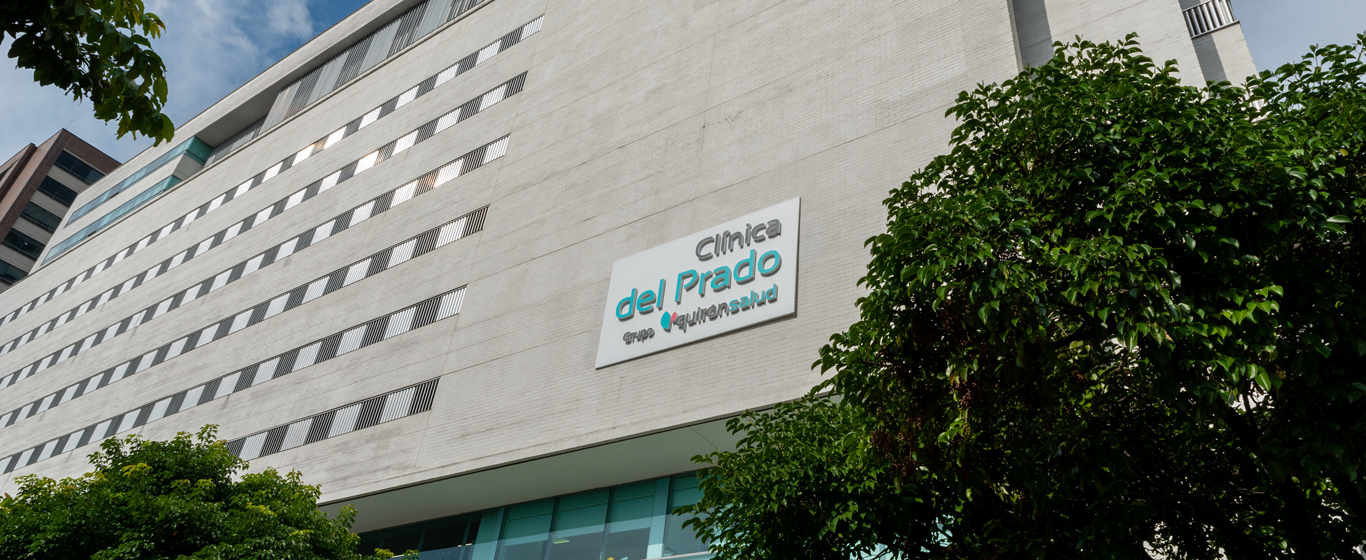Otoscopy
Otoscopy involves visually examining the external ear and the tympanic membrane using an otoscope, a device that incorporates a light and a magnifying lens.

General Description
An otoscopy is a physical examination of the ear that allows visualization of the external ear (the auricle and ear canal) and the tympanic membrane. It is a basic diagnostic test in the study of auditory health.
The otoscopy shows various aspects of ear function:
- The mobility of the tympanic membrane in response to vibrations.
- The position of the tympanic membrane (normal, retracted, or bulging).
- Color and appearance: the normal external ear canal has a pinkish color and no excessive earwax. A healthy tympanic membrane is translucent and has a whitish tone.
- Light reflex: brightness produced by the reflection of light on the tympanic membrane.
When is it indicated?
Otoscopy may be part of a routine medical check-up or be indicated when the patient presents symptoms of an ear problem, such as pain, discharge, a sensation of pressure, or hearing problems. Thus, otoscopy helps detect:
- Infections in the external or middle ear (otitis).
- Tympanic membrane perforations.
- Cholesteatomas (benign cysts).
- The presence of foreign bodies.
- Earwax plugs.
- Otosclerosis (abnormal bone growth in the middle ear).
How is it performed?
Otoscopy is performed with a device called an otoscope, an elongated instrument with a head that consists of a light source and a magnifying lens. A disposable plastic cone is attached to the front of the head, which is inserted into the ear canal to visualize the inside of the ear through the lens. The lens provides an enlarged image that allows the observation of any anomalies. Typically, a bilateral otoscopy is performed, meaning both ears are examined.
To assess the mobility of the tympanic membrane, a pneumatic otoscopy is performed: this involves attaching a small rubber or latex bulb (Siegel bulb) to the otoscope to blow air onto the membrane and observe its vibration in response to the change in pressure.
It is also possible to perform a video otoscopy, using a special type of otoscope that incorporates a video camera at the tip of the head. Video otoscopy allows real-time high-quality images to be taken and transmitted to an associated monitor.
Risks
Otoscopy is a simple procedure that generally does not involve risks. Potential complications include:
- Transmission of infection from one ear to another through the use of the otoscope.
- Tympanic membrane perforation caused by the otoscope head (very rare).
What to expect from an otoscopy
The otoscopy is performed with the patient sitting with the head slightly tilted toward the ear that is not being examined. Before starting, the specialist palpates and examines the external part of the ear and the area around the ear canal. When inserting the otoscope into the ear, they will gently pull the ear upward and backward to straighten the ear canal and facilitate the examination. Once the examination of one ear is completed, the otoscope head is cleaned before repeating the procedure on the other ear to avoid transmission in case of infection.
Otoscopy is generally a painless procedure, although pain and irritation may be felt after the examination, especially in cases of infection, as well as a sensation of pressure in the ear during pneumatic otoscopy. It is also a very quick test, typically taking no more than 10 minutes.
Specialties in which otoscopy is requested
Otoscopy is requested in general medicine, internal medicine, and otorhinolaryngology consultations.
How to prepare
The patient does not require any specific preparation before the otoscopy.












































































































